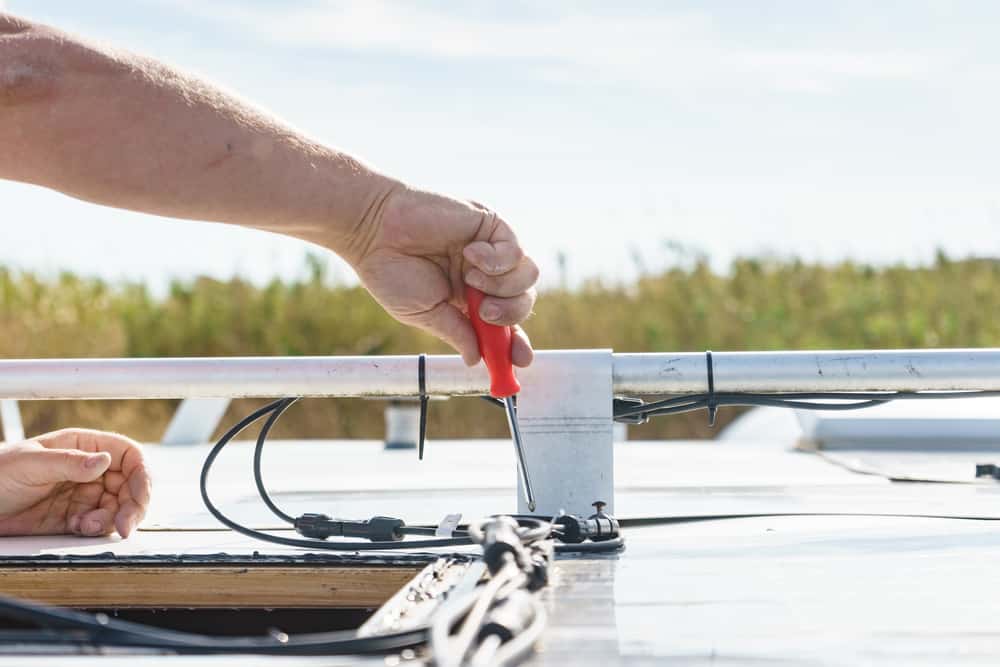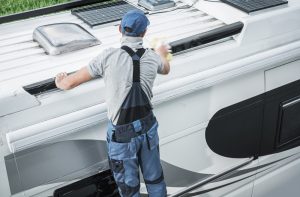Essential Tips and Tricks for a Leak-Free Journey
Understanding RV Roof Types and Common Issues
Before diving into repairs, it’s crucial to understand the types of RV roofs and the common issues they face. RV roofs can be made from materials like rubber (EPDM or TPO), fiberglass, or aluminum. Each material has its benefits and vulnerabilities, such as EPDM’s susceptibility to punctures or fiberglass’s tendency to crack. Common issues include leaks, cracks, and wear from exposure to the elements. Early detection and regular maintenance can prevent minor problems from becoming major repairs.
Regular Maintenance: The First Step to Leak Prevention
Regular maintenance is key to extending the life of your RV roof and preventing leaks. This includes cleaning your roof at least twice a year, inspecting seals and seams for cracks or separations, and checking for any signs of water damage inside your RV. Use a non-abrasive cleaner and a soft brush to avoid damaging the roof material. Also, applying a UV protectant can help prevent damage from the sun’s harmful rays, keeping your roof in top condition for longer.
DIY Repair Tips for Common Roof Issues
For the hands-on RV owner, many roof issues can be addressed without professional help. Small punctures or tears in a rubber roof can be repaired with a patch kit designed for the specific material. For fiberglass roofs, cracks can be sealed with a fiberglass repair kit. Always ensure the roof is clean and dry before applying any repair materials. Additionally, reapplying sealant to seams and edges annually can prevent water intrusion. Always follow the manufacturer’s instructions for the best results.

When to Seek Professional Help
While many minor repairs can be handled on your own, significant damage may require professional attention. If you encounter large areas of water damage, structural issues, or are unsure about the extent of the damage, it’s best to consult with a professional. They can provide a thorough inspection, recommend the best course of action, and ensure repairs are done safely and effectively. Remember, addressing issues early can save time and money in the long run.
Choosing the Right Products for Your RV Roof Repair
The success of your repair work heavily depends on using the right products. For sealing and coating, ensure you’re using products compatible with your RV’s roof material. Silicone sealants are great for waterproofing, but may not be compatible with all roof types. For rubber roofs, use a sealant designed for EPDM or TPO. When in doubt, consult your RV’s manufacturer or a professional for recommendations. Investing in high-quality products can prolong your roof’s lifespan and performance.
Preventative Measures to Keep Your Roof in Top Shape
Preventative measures can go a long way in keeping your RV roof in top shape. Installing covers or shelters when your RV is not in use can protect the roof from weather damage and debris. Regularly trimming trees near where your RV is parked can prevent scratches and punctures from falling branches. Additionally, redistributing weight evenly and avoiding placing heavy objects on the roof can prevent unnecessary stress and potential damage. A proactive approach to roof care can ensure a leak-free journey for years to come.






